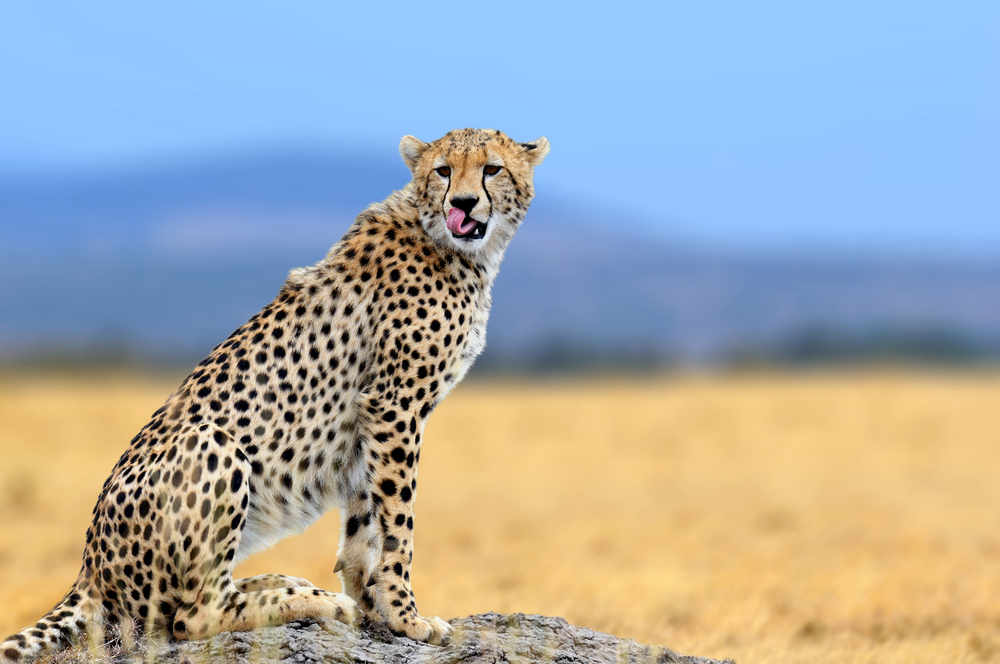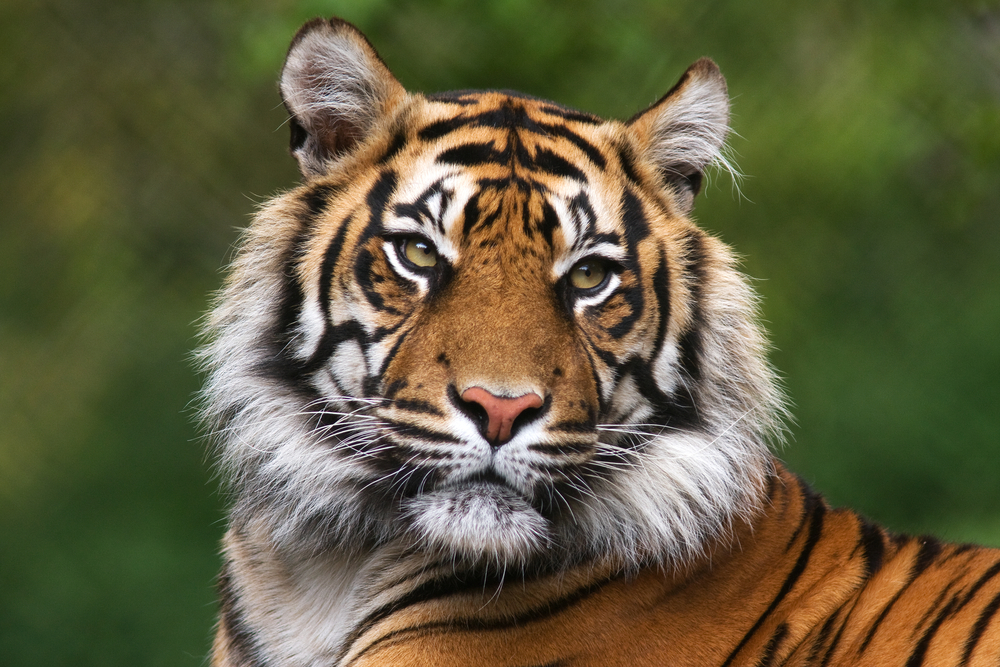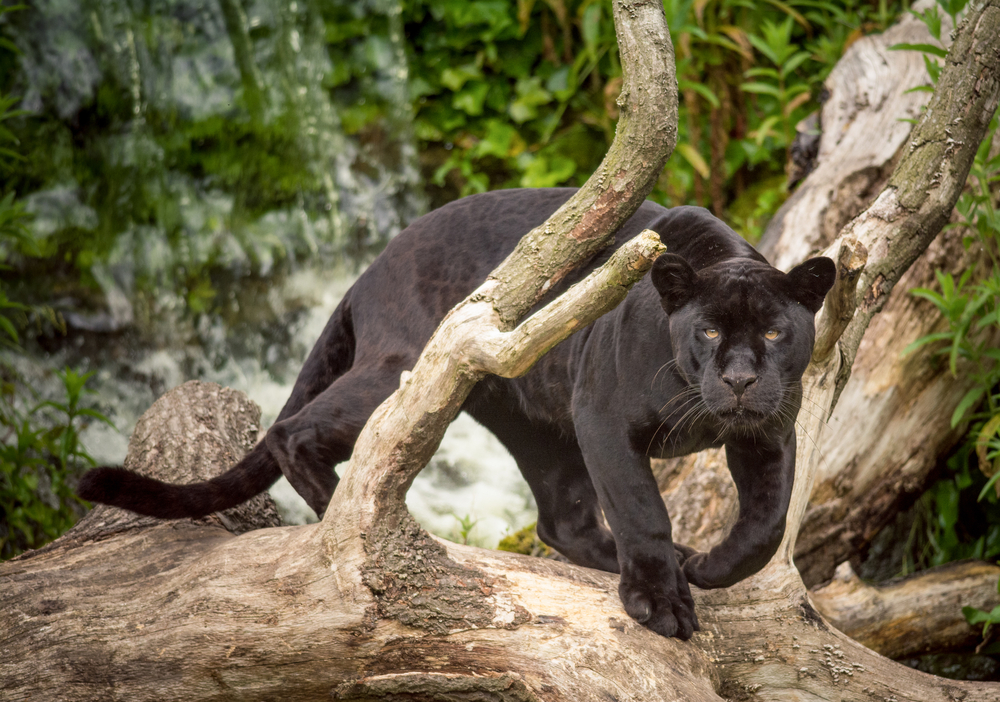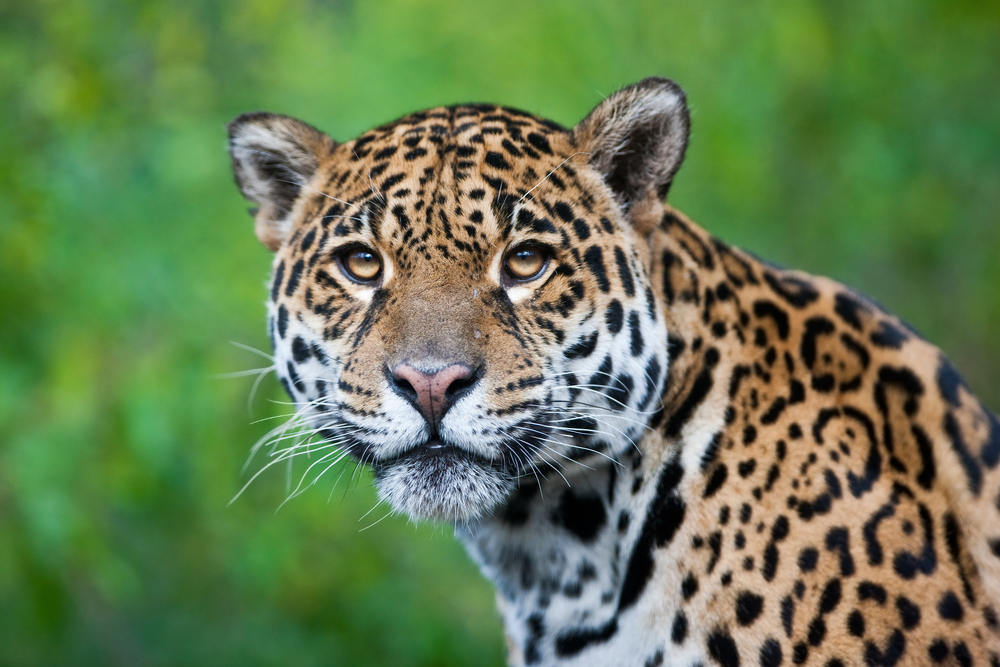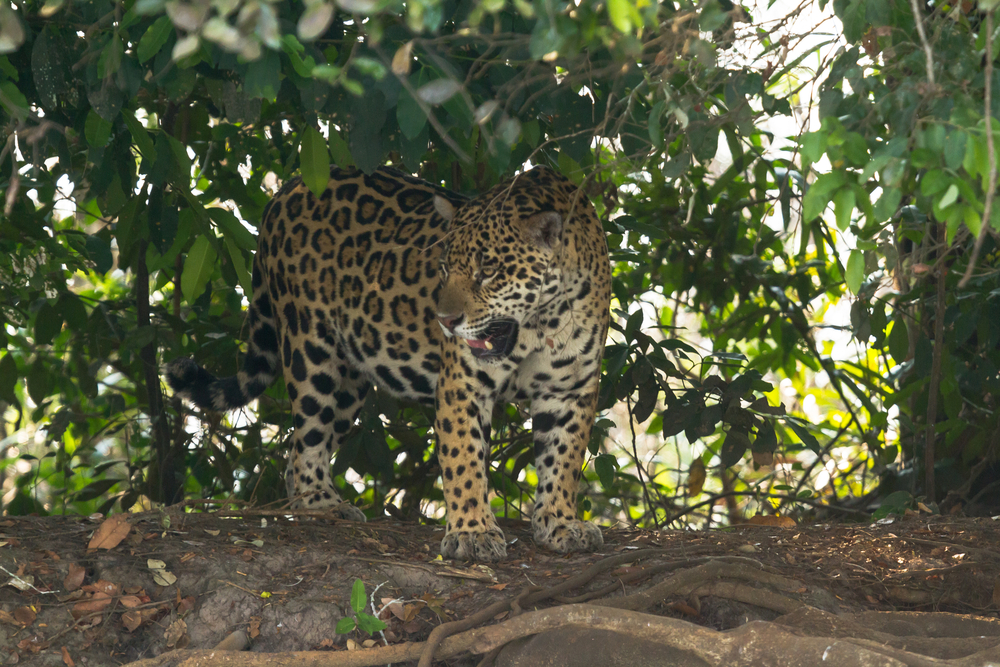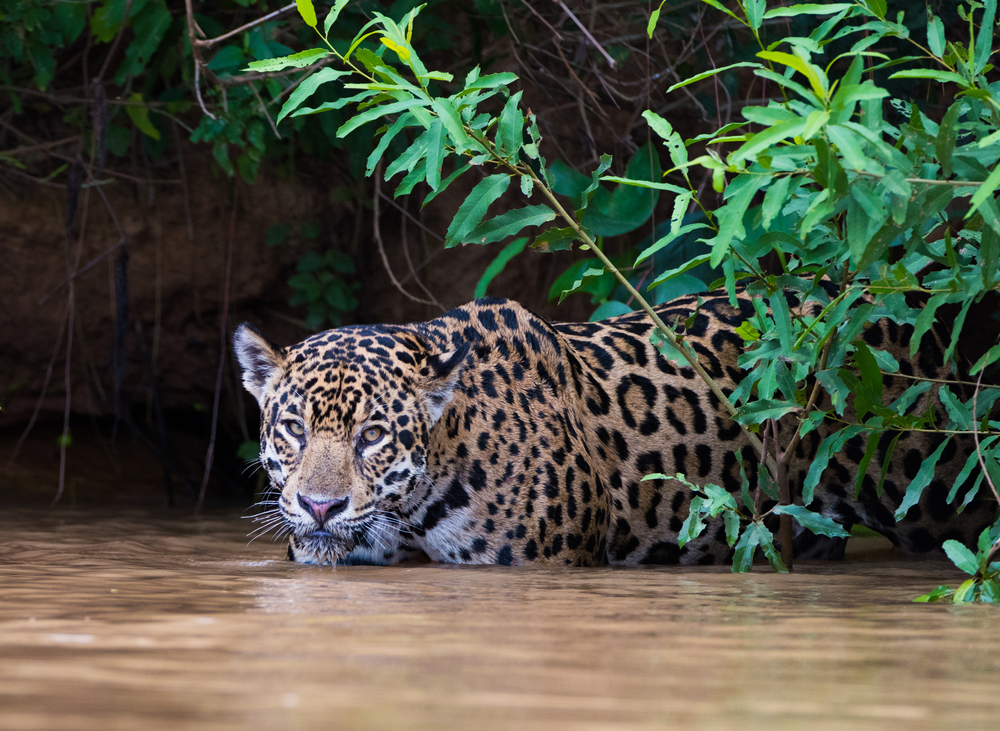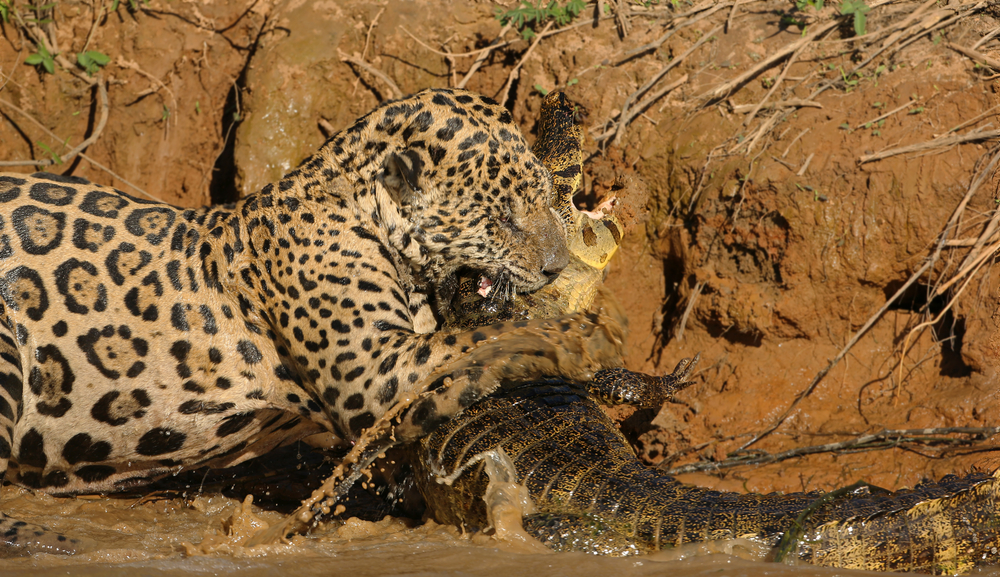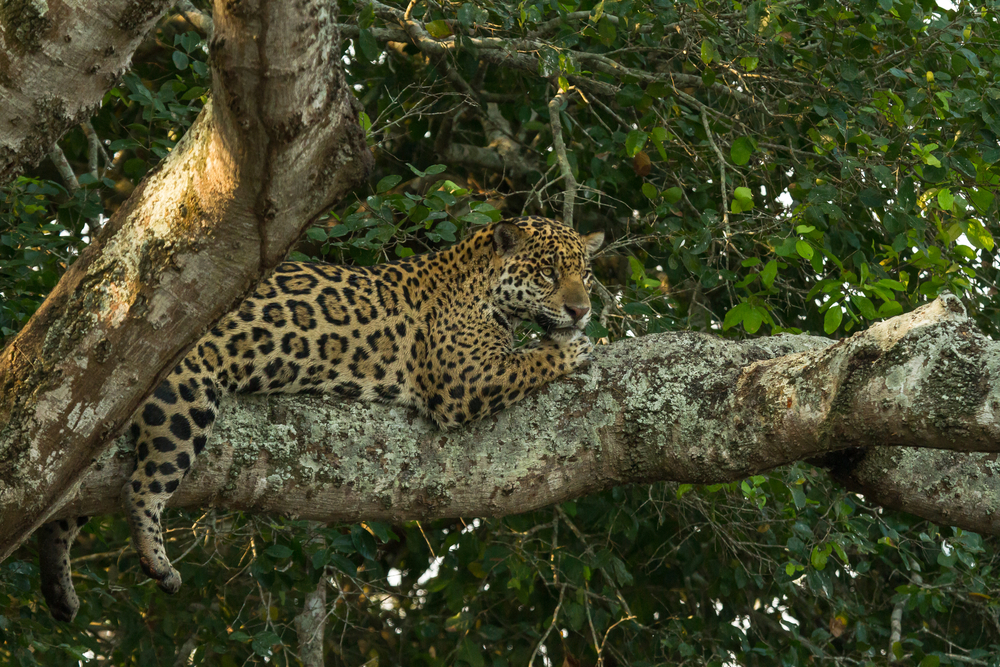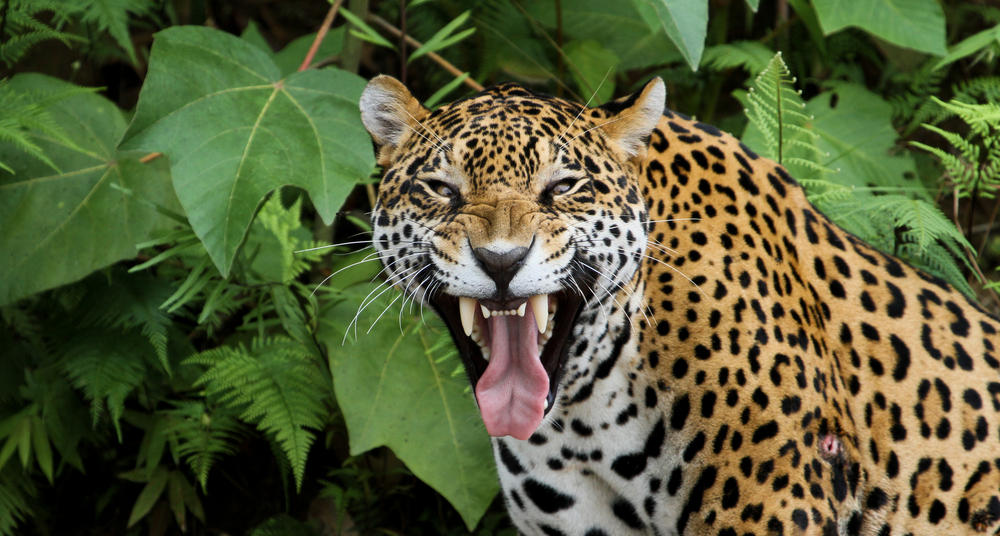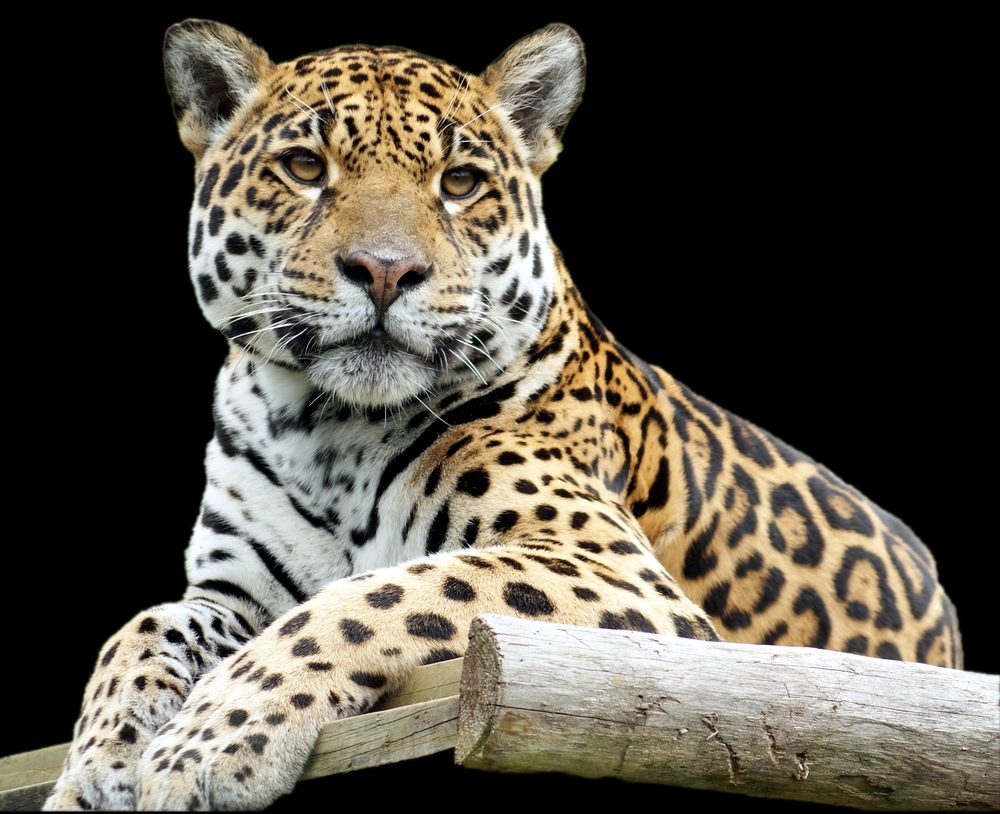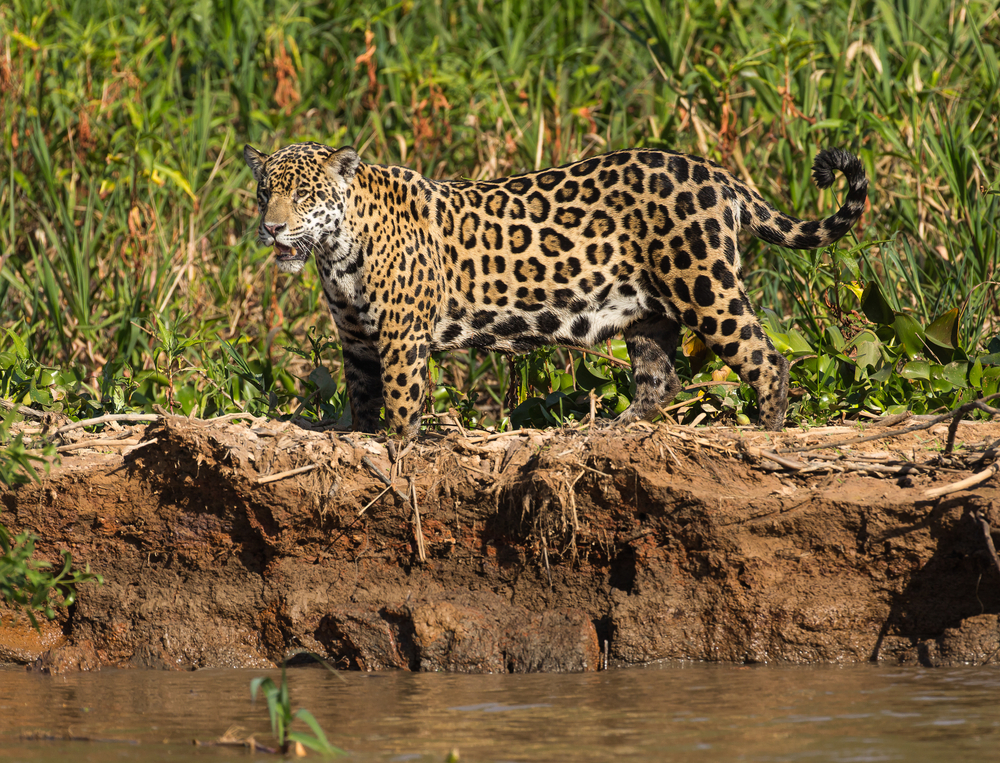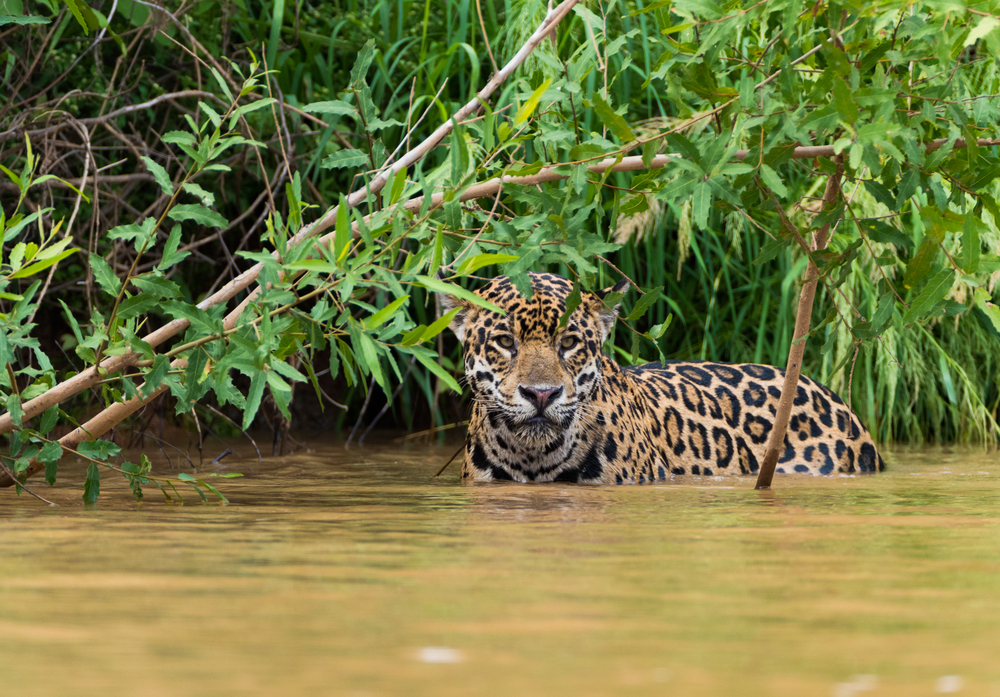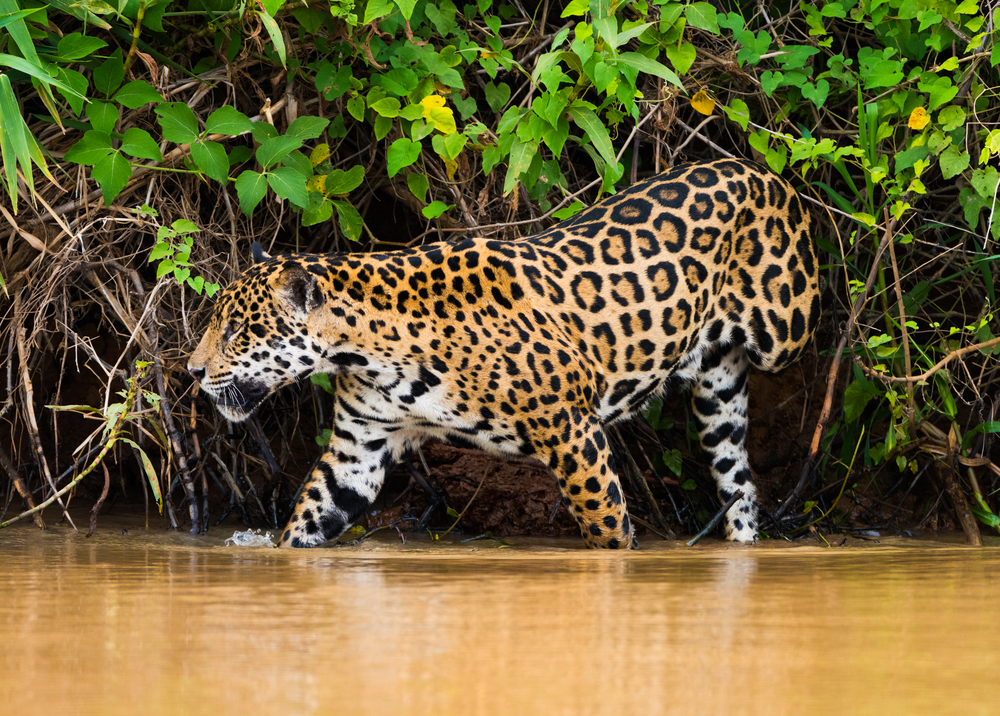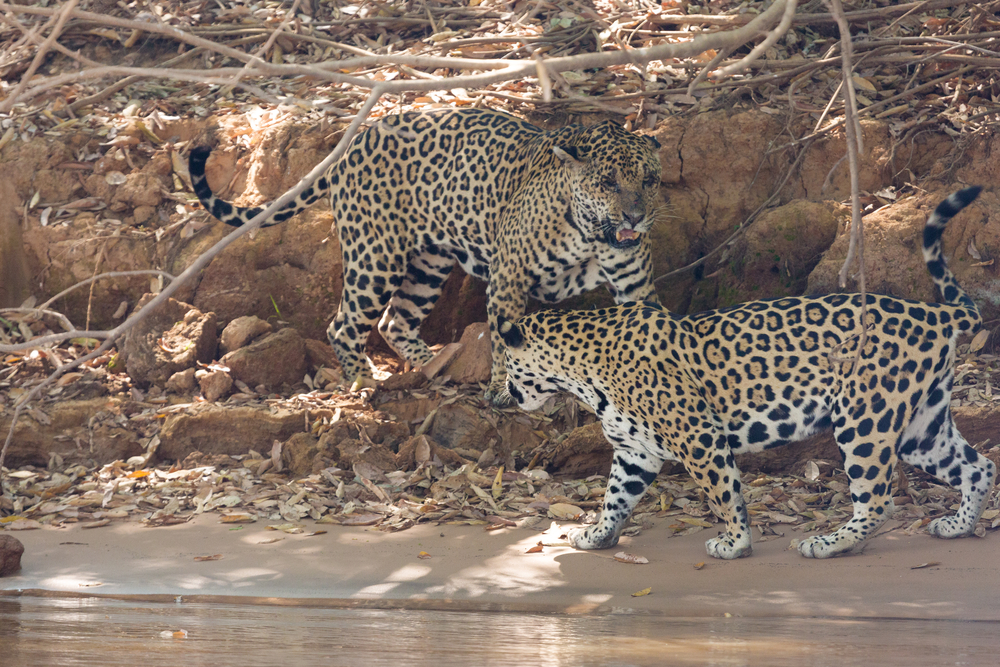Jaguars and leopards are both large, spotted big cats, and they share some similarities in appearance. However, they are different species and can be distinguished by several key differences:
1. Geographic Range:
- Jaguars are primarily found in the Americas, ranging from the southwestern United States to South America, with the densest populations in Central and South America.
- Leopards are native to Africa and parts of Asia, including India, Sri Lanka, China, and Southeast Asia. They are not found in the Americas.
2. Habitat:
- Jaguars inhabit a variety of ecosystems, including dense rainforests, swamps, grasslands, and subtropical and tropical forests.
- Leopards are highly adaptable and can thrive in a wide range of habitats, including savannas, forests, mountains, and deserts.
3. Physical Differences:
- Jaguars are stockier and more robust in build compared to leopards. They have shorter legs and a more powerful appearance.
- Leopards are more slender and have longer legs, giving them a more streamlined appearance.
4. Coat Patterns:
- The most noticeable difference is in their coat patterns. Jaguars have larger, more closed rosettes (ring-shaped spots) with central spots inside each rosette on their coat.
- Leopards have smaller, more closely spaced rosettes without central spots inside them.
5. Rosette Arrangement:
- On a jaguar’s coat, the rosettes often have irregular shapes and may appear more like a series of dark dots or dashes.
- On a leopard’s coat, the rosettes are usually more evenly spaced and round in shape.
6. Range of Coat Colors:
- Jaguars typically have a more limited range of coat colors, ranging from tawny-yellow to reddish-brown.
- Leopards exhibit greater color variation, with coat colors including yellow, pale gold, and a melanistic black form (known as black panthers).
7. Behavior:
- Jaguars are known for their preference for water and their ability to swim. They often hunt aquatic prey, such as fish and caimans.
- Leopards are generally not as associated with water and are more versatile climbers, often hauling their kills into trees to avoid scavengers.
8. Vocalizations:
- The vocalizations of jaguars and leopards differ. Jaguars produce a deep and distinctive coughing roar, while leopards are known for their raspy, repetitive call known as “sawing.”
While jaguars and leopards share a common ancestry, their adaptations to different continents and habitats have led to these distinct differences in appearance and behavior.





































































